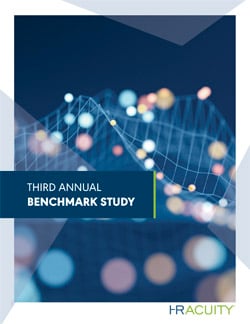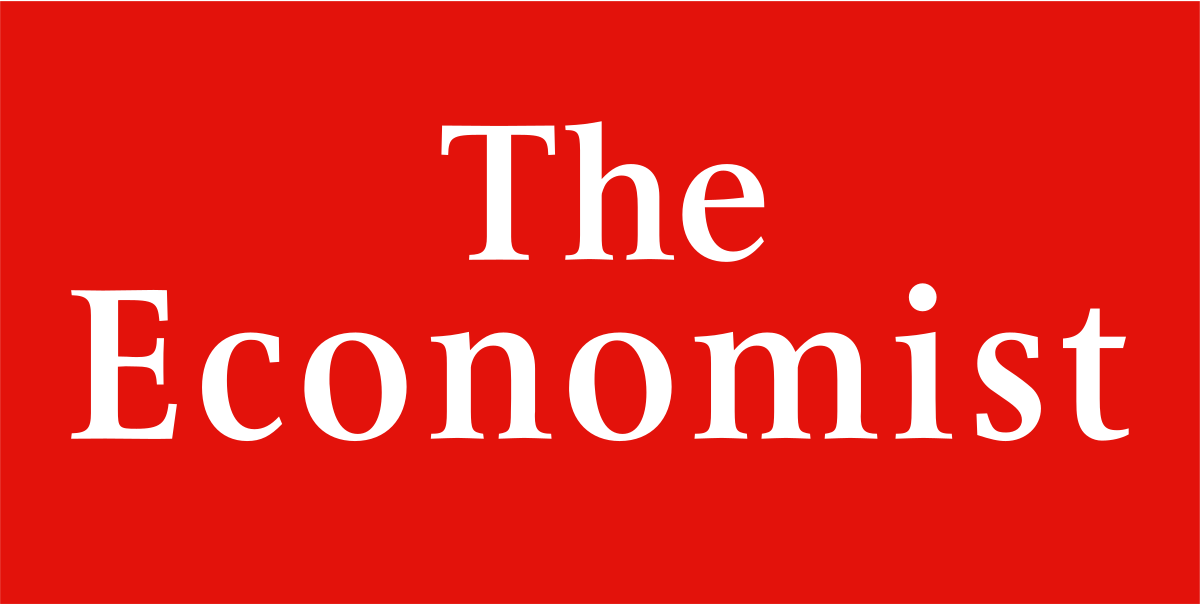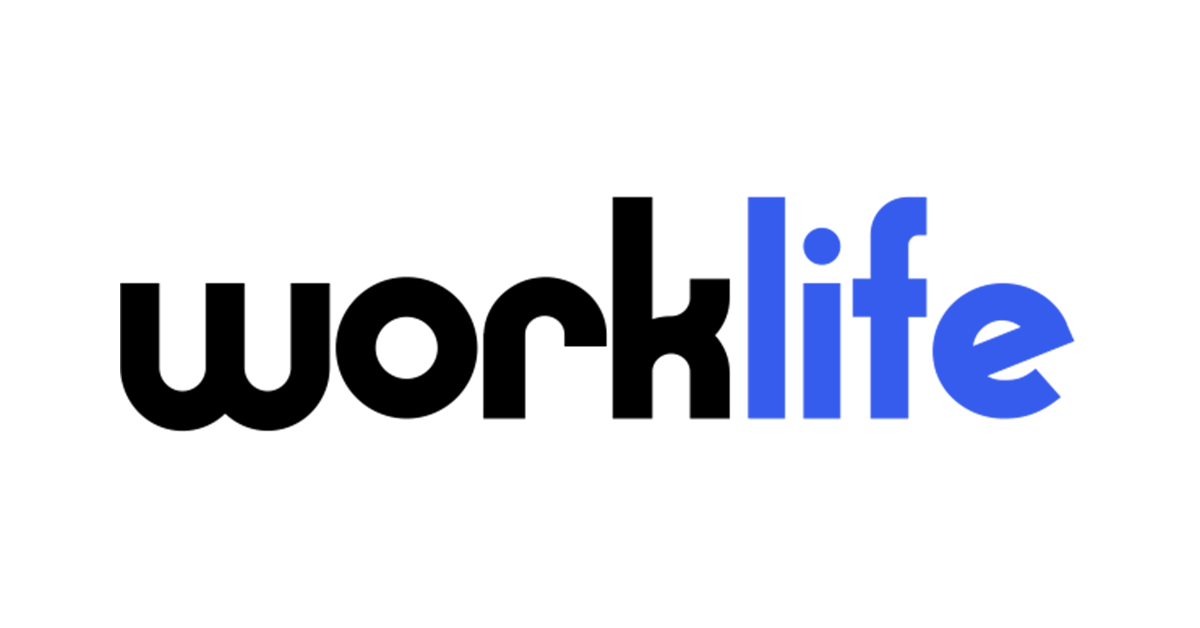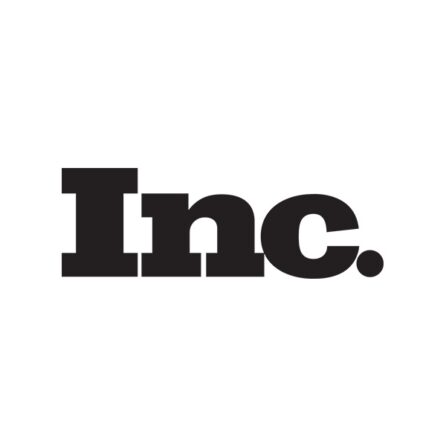Spring and summer are pretty much my favorite times of year. It’s not just because of the weather – though growing up in New England and now living in New Jersey, I will take as many beautiful days as I can!
No – it’s because they bring what for me are the highlights of the year: The Employee Relations Roundtable meetings and now, our HR Acuity Annual Employee Relations Benchmark Study. It’s the third year we’ve published the study, full of employee relations best practices, and each year is more interesting than the last (at least to us, and I hope to you, too!).

As the field of employee relations has grown and become more strategic, so too has the report. This year, the study includes input from more than 150 organizations, who collectively represent nearly 4.4 million employees.
We asked these employee relations leaders about all aspects of their professions. How’s your caseload? Have you seen changes since #MeToo? Are you hiring more? How many resources does it take to run your team? Are you using data more now? Whom do you share it with?
We asked – and we learned even more. I encourage you to check out this brief infographic that you can share with your teams, and to download the full report for the complete findings. Here are some of the highlights and most pertinent insights that emerged:
1. Employee Relations requires a proactive, strategic, holistic approach.
If I had to sum up just one key takeaway from the report, it would be this: Best practices in employee relations management combine for a proactive, strategic, holistic function. We’re all in the spotlight as employees are in the headlines, demanding transparency, and #MeToo has raised our visibility and accountability to new levels.
To manage these added pressures and continue to elevate the employee relations function as a strategic contributor to the business, respondents tell us that well-defined processes and practices, adequate resources, purpose-built technology and meaningful metrics are all critical components of an efficient, effective, value-added approach.
And, of course – useful data and analytics, which has never been more important. We’re starting to see data combined and used in new ways, which is exciting and which we expect to see even more often in upcoming studies.
2. Harassment claims continue to rise post #MeToo.
Speaking of #MeToo – has anything changed the face of Employee Relations more? In fact, given its importance, we dedicated a special report to the movement. This year’s study shows higher than ever allegation volumes:
- 53% of organizations reported an increase in sexual harassment allegations in this year’s study, with 43% expecting to see an increase again in the next 12 months.
- 31% of organizations saw an overall increase in the total number of issues raised over the past 12 months, while only 9% saw a decrease.
Rising issue volumes aren’t limited to harassment, either. Other areas where respondents reported widespread increases included:
- Unprofessional conduct/policy violations (56% of respondents)
- Accommodation requests (49%)
- Workplace bullying (47%)
- Discrimination – age, gender, etc. (43%)
Increased issue volumes may be due to employees feeling more empowered. In addition, organizations have been working to educate employees about reporting processes, encourage reporting and create cultures of transparency and accountability – and those efforts may be paying off.
In any case, there’s no question: Volumes are up, and ER teams must be prepared to deal with the added caseload – as well as continue to develop manager training, communication and other programs to continue to build trust and transparency.
3. ER resources are stretched, but organizations are taking steps to address the gap.
Employee relations teams are, in one word, busy. That’s an understatement.
30% of ER professionals juggle more than 26 employee issues at any given time. For those who only conduct investigations, almost half (49%) report an average of seven or more open investigations at a time.
Since ER teams are continually faced with heavy caseloads, increasing issue volume and difficult and sensitive subject matters, it is essential that leaders look out for, address and prevent burnout. Another consequence may be negative experiences for employees who may feel their matters are rushed or delayed due to lack of resources.
The good news is that 43% of organizations expect to increase the number of full-time employee relations professionals over the next 12 months to help with managing their company’s employee relations strategies, policies and practices.
If that’s you, we recommend you use the full study to help you hire new staff. It includes enterprise staffing benchmarks that many of our clients have found useful in building out their teams.
4. Investigations are getting more process-oriented – but training is more random.
When it comes to emerging trends in employee relations, organizations are increasingly adopting required investigation processes: now at 41% – an increase of 8% from last year’s study. This underscores a deepening commitment to conduct consistent, thorough and fair investigations.
However, ensuring that investigators have the appropriate skills and capabilities is also an important part of the process. Today, 58% of organizations provide investigatory training only on an “as needed” basis, often relying on the experience an individual brings to the role. And, 20% of enterprises don’t provide investigatory training at all.
That’s not enough. Fair, consistent investigations depend on fair, consistent processes, used across the enterprise. Technology can play a key role here by providing templates, protocols and common approaches – training built into the process.
5. Technology is creating consistency – and data insights are beginning to drive strategic business change.
Over the past decade, there has been a huge shift in the use of technology to support employee relations – from just 15% in 2010 to 80% in this year’s study. That’s impressive!
While 38% of these organizations are taking advantage of technology specifically built for employee relations, many organizations still rely on a combination of manual methods (like spreadsheets) or other technologies that have been adapted to manage these sensitive and confidential matters.
Still, the overall shift to technology is encouraging, and we look to see the move to purpose-built solutions follow.
The use of data and analytics to drive informed decisions is also gaining traction, especially to share insights and collaborate at more senior levels.
More than half of the organizations reported sharing key employee relations metrics and insights with the C-Suite, and overall, 61% are proactively analyzing employee behavior, engagement and performance metrics to influence policy changes and identify opportunities for early intervention.
Those are just a few of the many insights you’ll find in the full study. We’d like to give a big thank you to all the employee relations leaders who participated and gave insight to today’s employee relations best practices. And speaking of participation, if you’d like to have your voice heard and you’re an employee relations leader in a company with more than 1,000 employees, please email us at benchmark@hracuity.com to have your name added to the list for next year.
Your insights are helping us all becoming more strategic, proactive employee relations leaders – and I can’t wait to hear what you have to say next time.
Check out the full report here. And to see how HR Acuity can help you build a stronger employee relations function, schedule a demo today.



